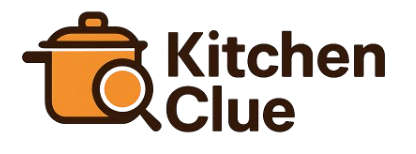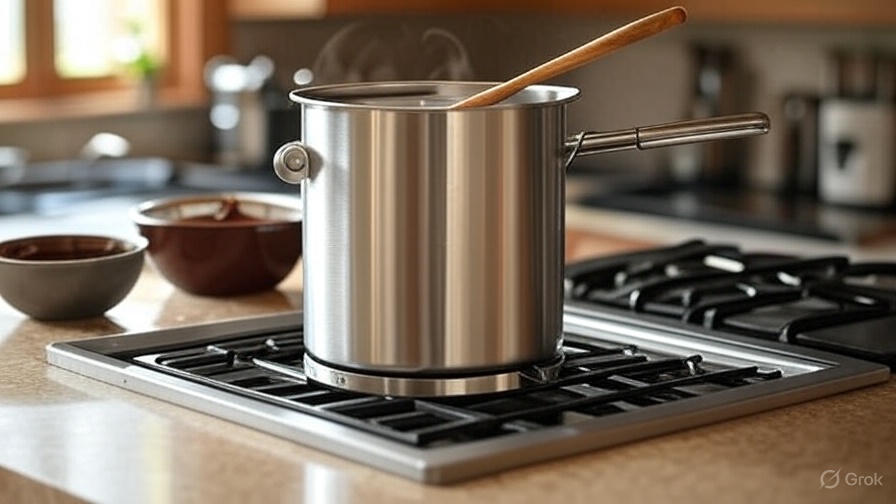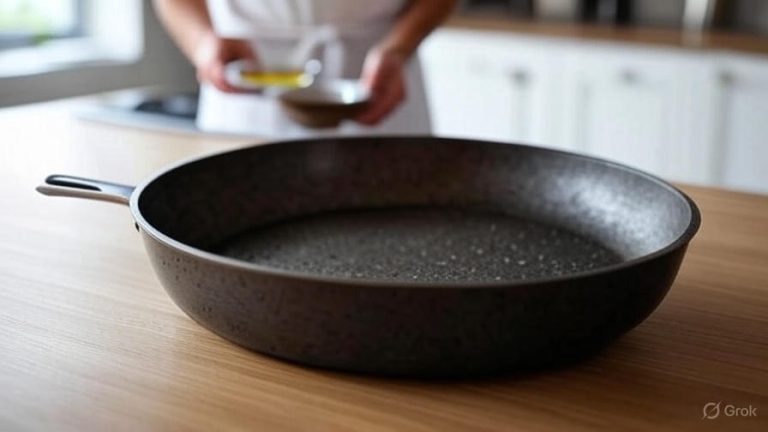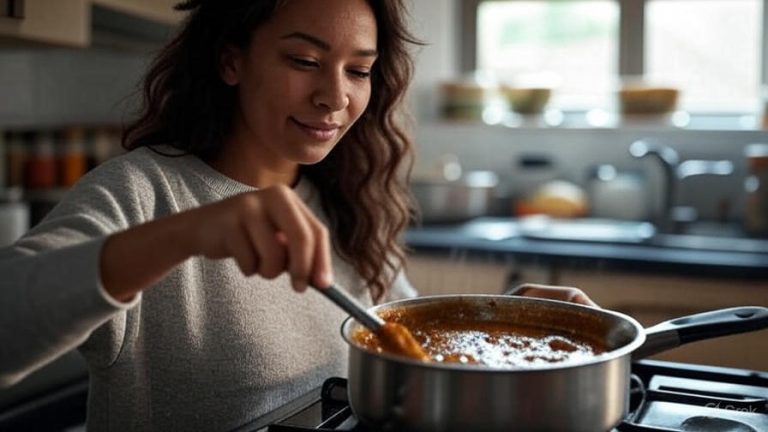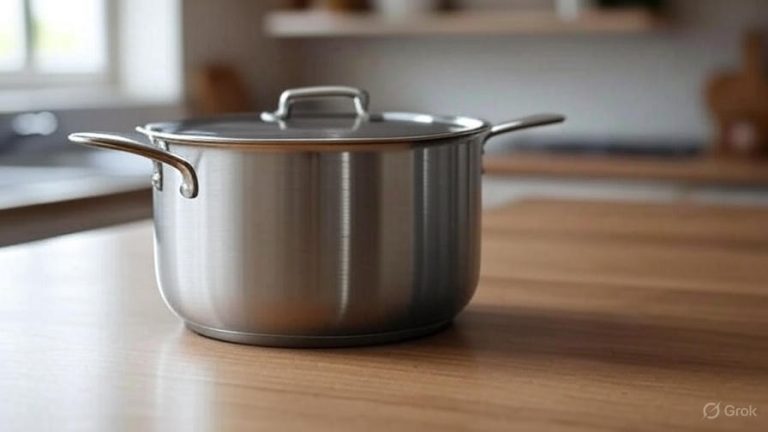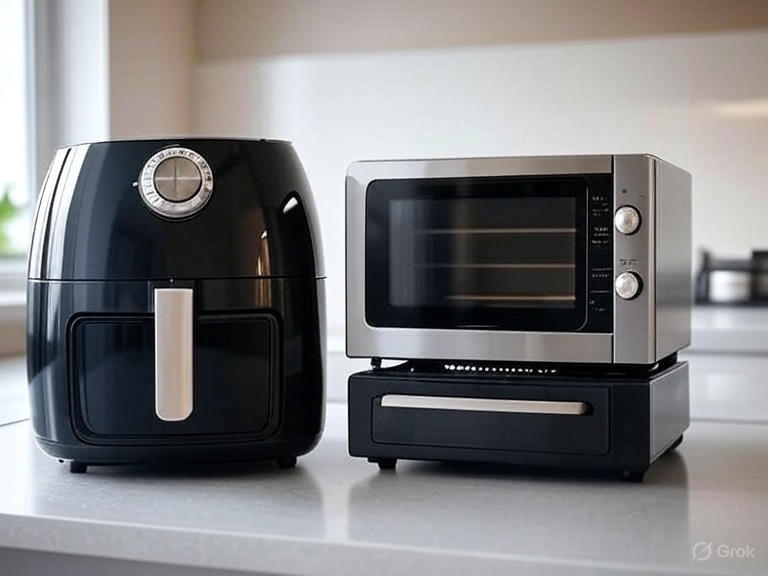How to Make a Double Boiler?
Professional chefs and home cooks alike swear by the double boiler method for delicate cooking tasks. This simple yet ingenious cooking technique prevents delicate ingredients from burning while providing consistent, gentle heat. You don’t need expensive equipment to master this essential cooking skill.
What Is a Double Boiler and Why Do You Need One
A double boiler consists of two nested pans where the bottom pan holds simmering water and the top pan contains your ingredients. The steam from the water below creates indirect heat that won’t scorch sensitive foods like chocolate, custards, or hollandaise sauce.
The indirect heating method solves common cooking problems. Direct heat often causes chocolate to seize up into grainy clumps. Egg-based sauces curdle when exposed to high temperatures. Delicate creams separate under intense heat. The double boiler eliminates these issues by maintaining temperatures around 180-200°F (82-93°C).
Professional kitchens use double boilers daily for tempering chocolate, making butter sauces, and creating silky custards. Home cooks benefit from the same gentle heat control without investing in specialized equipment.
Essential Materials You’ll Need
Creating your own double boiler requires basic kitchen equipment you likely already own. Start with two pans of different sizes – a larger saucepan for the bottom and a smaller pan or heat-proof bowl for the top. The top vessel should sit comfortably inside the bottom pan without touching the water.
Stainless steel bowls work exceptionally well as the top vessel because they conduct heat evenly and won’t react with acidic ingredients. Glass bowls also perform admirably, though they heat more slowly. Avoid plastic containers, which can melt or warp from the steam heat.
The bottom saucepan should hold enough water to create steam without boiling dry. A 2-quart saucepan paired with a medium mixing bowl creates an ideal setup for most cooking tasks. The water level should reach about one-third up the sides of the bottom pan.
Step-by-Step Instructions for Making Your Double Boiler
Begin by filling your bottom saucepan with 1-2 inches of water. The water level matters more than you might think – too little water evaporates quickly, while too much water might bubble up and splash into your ingredients.
Place the saucepan on your stovetop and bring the water to a gentle simmer over medium heat. You want small bubbles forming at the bottom, not a rolling boil. Vigorous boiling creates too much steam and can overheat your ingredients.
Position your top bowl or pan so it sits snugly in the bottom pan without the bottom touching the simmering water. The steam rising from the water provides all the heat you need. If the bowl sits too low and touches the water, it defeats the purpose of indirect heating.
Test the fit before adding any ingredients. The top vessel should remain stable when you stir or move it slightly. A wobbly setup leads to accidents and uneven heating.
Safety Considerations for Double Boiler Use
Steam burns rank among the most painful kitchen injuries, so handle your improvised double boiler with respect. Always use dry pot holders or oven mitts when handling the hot bowls or pans. Wet fabric conducts heat and increases burn risk.
Keep pot holders nearby throughout the cooking process. You’ll need to lift the top bowl periodically to check water levels or remove your finished product. The bowl and its contents will be extremely hot.
Never leave your double boiler unattended for extended periods. Water evaporates faster than you expect, and a dry pan can warp or burn. Check the water level every 10-15 minutes during longer cooking sessions.
Turn off the heat source before removing the top bowl. The residual steam continues cooking your ingredients even after you turn off the burner. This prevents overcooking temperature-sensitive preparations.
Perfect Foods to Cook in Your Double Boiler
Chocolate melting represents the most popular double boiler application. Dark chocolate, milk chocolate, and white chocolate all benefit from gentle, indirect heat. The controlled temperature prevents the proteins in chocolate from seizing and creating a grainy texture.
Break chocolate into uniform pieces before melting. Smaller pieces melt more evenly and faster than large chunks. Stir occasionally with a dry spoon – any moisture can cause chocolate to seize.
Hollandaise sauce, béarnaise, and other emulsified butter sauces require the gentle heat that only a double boiler provides. The controlled temperature allows you to slowly incorporate butter while maintaining the emulsion.
Custards and curds cook beautifully in a double boiler. Lemon curd, pastry cream, and crème anglaise all benefit from the gentle heat that prevents curdling. Stir constantly to ensure even cooking and smooth texture.
Egg tempering becomes foolproof with a double boiler. When making ice cream bases or thick custards, the indirect heat prevents the eggs from scrambling while they slowly cook to the proper consistency.
Temperature Control and Heat Management
Monitor your water temperature carefully to maintain consistent results. The water should simmer gently with small bubbles forming at the bottom of the pan. Rapid boiling creates too much steam and can overheat your ingredients.
Adjust the burner heat as needed to maintain a steady simmer. Gas burners respond quickly to adjustments, while electric burners take longer to change temperature. Learn how your stove behaves to master temperature control.
The top bowl or pan should feel warm to the touch but not burning hot. If the vessel becomes too hot to handle comfortably, reduce the heat under the bottom pan immediately.
Remove the double boiler from heat when your ingredients reach the desired consistency. Many preparations continue cooking from residual heat, so timing the removal prevents overcooking.
Common Mistakes and How to Avoid Them
Water contact with your ingredients represents the biggest mistake when using a double boiler. Even small amounts of water can ruin chocolate, causing it to seize into an unusable paste. Keep the top bowl completely dry and ensure no steam condenses and drips back into your ingredients.
Overheating destroys the gentle cooking advantage that makes double boilers so effective. If your ingredients start cooking too quickly or developing lumps, reduce the heat immediately. Some recipes require patience – rushing the process leads to ruined results.
Insufficient water in the bottom pan causes uneven heating and potential pan damage. Check water levels regularly and add more hot water as needed. Cold water added to a hot pan can cause thermal shock and warping.
Wrong vessel size creates instability and safety hazards. The top bowl should fit securely without wobbling or sliding around. An unstable setup can spill hot ingredients or cause burns.
Advanced Techniques and Tips
Professional chefs use several tricks to maximize double boiler effectiveness. Preheating the top bowl with warm water creates more consistent results when melting chocolate or making sauces. Dry the bowl thoroughly before adding ingredients.
Multiple batches require attention to water levels and temperature consistency. The first batch often takes longer as the equipment heats up. Subsequent batches cook faster, so watch carefully to prevent overcooking.
Stirring technique affects final results significantly. Use gentle, circular motions rather than vigorous beating. Aggressive stirring can break emulsions or introduce air bubbles into smooth preparations.
Temperature testing with an instant-read thermometer ensures perfect results for custards and curds. Most egg-based preparations finish cooking between 160-180°F (71-82°C).
Cleaning and Maintenance After Use
Clean your improvised double boiler immediately after use for best results. Hot water and gentle soap remove most food residues easily. Chocolate and caramel require extra attention but come off easier while still warm.
Soak stubborn residues rather than scrubbing aggressively. Gentle soaking preserves your cookware finish and removes burnt-on foods effectively. Baking soda paste works well for tough spots.
Dry all components thoroughly before storing. Water spots on stainless steel bowls can be prevented with immediate drying. Store nested bowls with a paper towel between them to prevent scratching.
Check your equipment regularly for signs of wear. Warped pans don’t sit properly and create safety hazards. Replace damaged components before they cause problems.
Alternative Methods and Equipment Options
Some cooks prefer using a microwave for small chocolate melting tasks. Use 30-second intervals at 50% power, stirring between each interval. This method works for small amounts but lacks the control of a proper double boiler.
Commercial double boilers offer convenience and consistent results but aren’t necessary for occasional use. Save your money unless you regularly make large quantities of temperature-sensitive preparations.
Slow cookers can substitute for double boilers in some applications. Place your ingredients in a heat-proof bowl inside the slow cooker with water around the bowl. This method works for keeping sauces warm but lacks precise temperature control.
Electric kettles provide another water heating option. Pour hot water from the kettle into your bottom pan to speed up the initial heating process.
Troubleshooting Common Issues
Seized chocolate can sometimes be saved by adding a small amount of neutral oil or butter. Work it in gradually with gentle stirring. Prevention works better than correction – keep everything dry and use gentle heat.
Curdled sauces often result from overheating or adding ingredients too quickly. Strain the mixture and start over with fresh ingredients if the texture can’t be recovered through whisking.
Uneven heating usually indicates water level problems or improper vessel fit. Check that your top bowl sits correctly and add water if levels have dropped too low.
Steam condensation dripping into your ingredients ruins many preparations. Wipe the underside of the top bowl periodically and ensure proper ventilation around your cooking area.
Final Thoughts on Mastering the Double Boiler Method
The double boiler method transforms difficult cooking techniques into manageable home cooking skills. Practice with simple chocolate melting before attempting complex sauces or custards. Each successful batch builds your confidence and improves your technique.
Quality ingredients deserve gentle treatment that only a double boiler provides. Expensive chocolate and fresh eggs benefit from the controlled heat that prevents waste and ensures perfect results every time.
Start with basic recipes and gradually work up to more challenging preparations. Master hollandaise sauce impresses dinner guests, while perfect chocolate work elevates your dessert game significantly.
The time invested in learning proper double boiler technique pays dividends in consistently excellent results. Your homemade sauces, melted chocolate, and custards will rival professional kitchen standards with practice and attention to detail.
